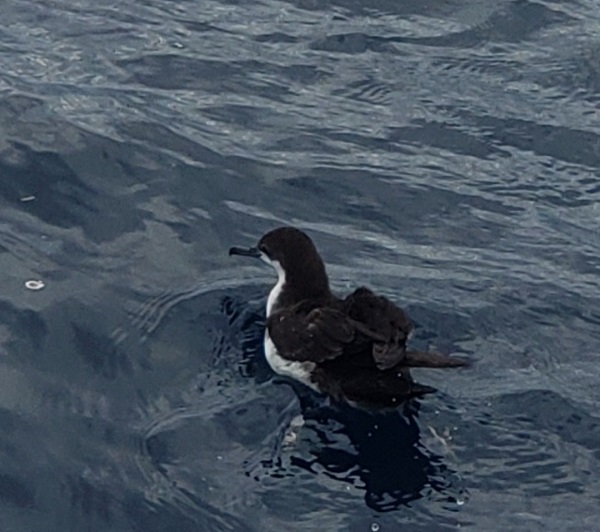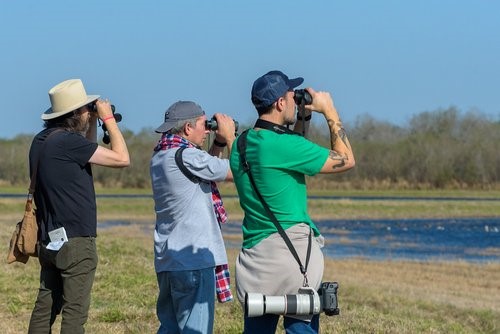The other day I was on one of my three-mile walks, fighting off those extra pounds that come with my new, sedentary office job. The sun was coming down earlier than I expected, an unwelcome consequence of changing seasons, and I found that the pretty tree-lined lane I live on had become a particularly dark and foreboding tunnel through an already dark night. The instant this realization struck me, a scrambling, scratching of claws against pavement was heard right beside me. I nearly jumped out of my sneakers!
Of course, what did it turn out to be? A raccoon… an animal too cute to be feared when seen, but whose nocturnal actions have managed to scare the living daylights out of many a night-time pedestrian. In fact, recent reports of Albino raccoons are shedding light on the possibility of a true fright! Dr. Dan Brooks, our Curator of Vertebrate Zoology has recently co-authored with former intern Adrian Castellanos an article on the phenomenon.
In early January 2001, a phone call was received from Barbara House indicating the League City Animal Control had obtained an albino raccoon that had died of distemper. The uniqueness of this specimen warranted getting it mounted (taxidermied) in a life-like pose.
As part of HMNS’ centennial celebration, an internet blog was created featuring 100 of the museum’s most unique objects. The albino raccoon mount from our Vertebrate Zoology collection was featured. Several individuals responded to the post that they had observed albino raccoons in nature. James Oberg posted on 11 July 2011 that he saw an albino raccoon the night prior feeding from his cat’s outdoor food bowl. Oberg successfully photographed the raccoon and indicated it was in League City.
On 20 April 2012, Joe Butler trapped an adult leucistic raccoon approximately 7 km south of Cleveland, (Montgomery Co.) Texas. This site is approximately 100 km north of League City. The animal was reported as an albino… however, the presence of tail rings and an otherwise ivory colored coat suggested a leucistic (very light colored) specimen rather than a true albino.
While there are several cases of aberrant color documented in birds, including several on display here at HMNS , aberrantly colored mammals are not documented as often. It is interesting that both of the albino raccoon specimens were from League City. Further observations or specimens of albino raccoons from League City might indicate the presence of a population that are genetically pre-disposed to albinism.
I definitely plan on keeping an eye out for these ghostly creatures during my evening walks, and so should you. For those of you who prefer not to walk around in the dark, we have our raccoon, as well as other mammals showing albinism, including an entirely albino bobcat and partially albino specimens of skunk and plains gopher, on display right now in our Farish Hall of Texas Wildlife.







